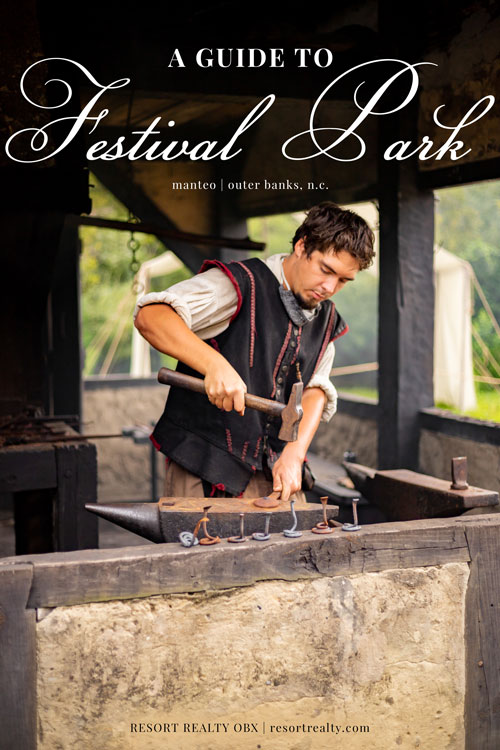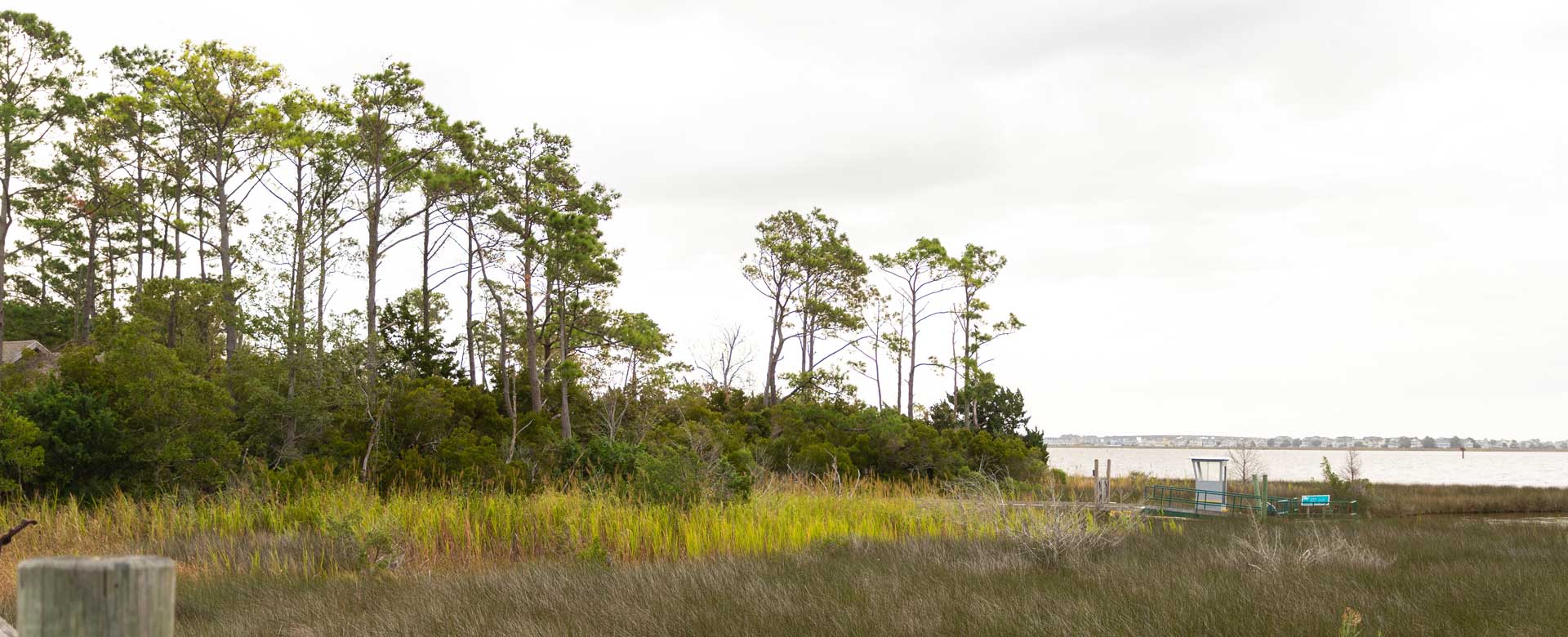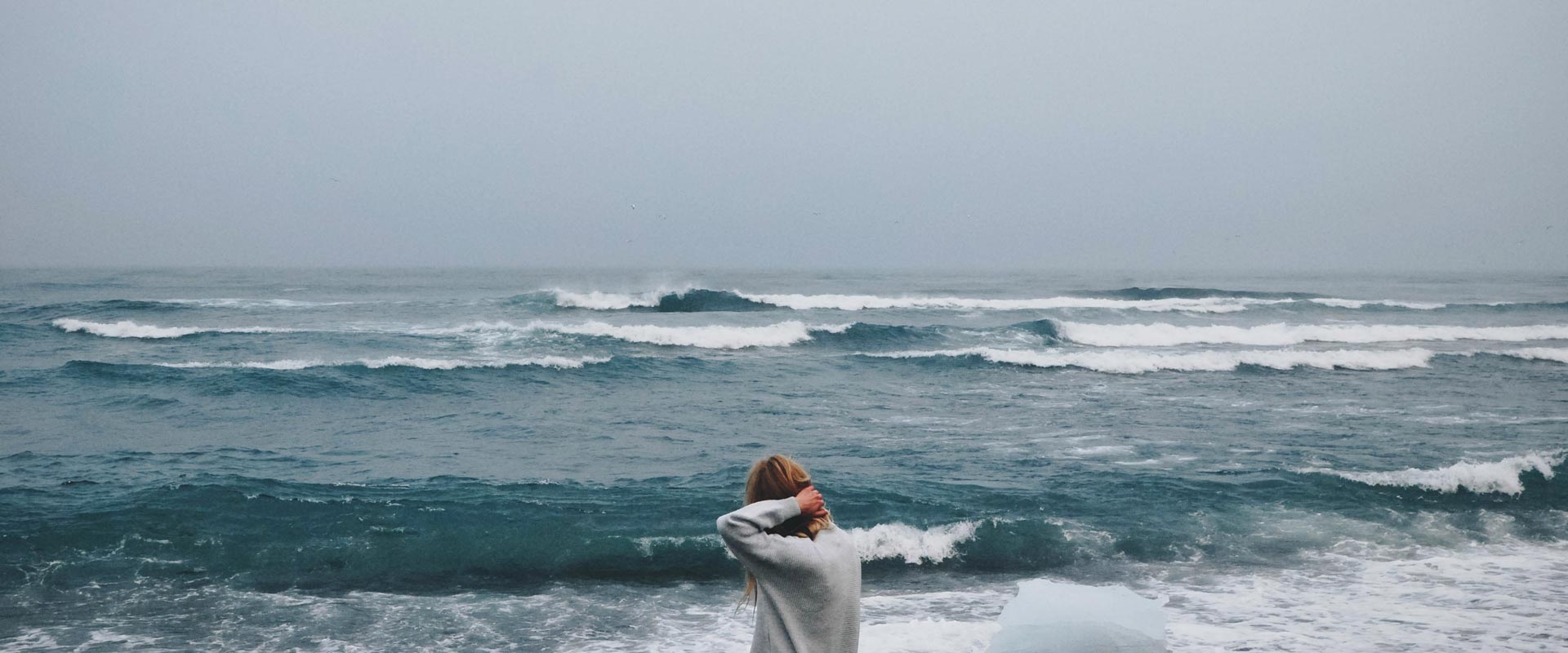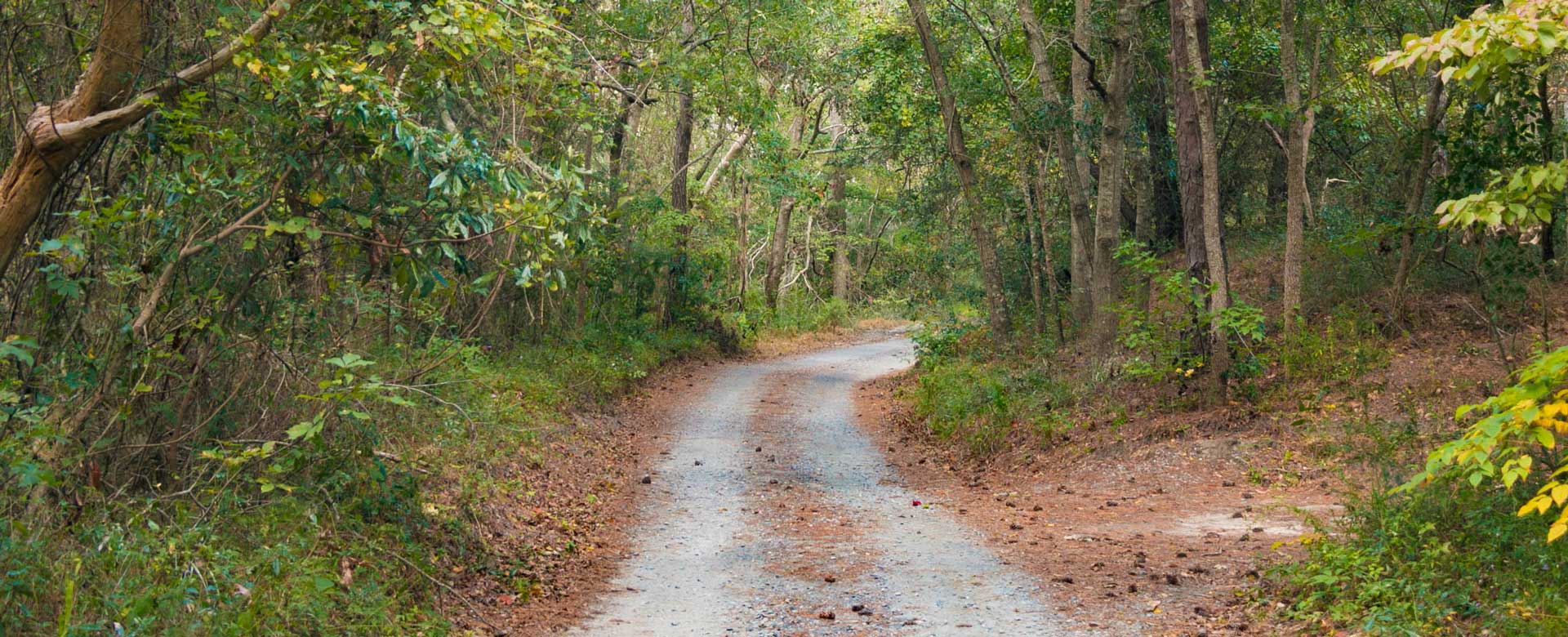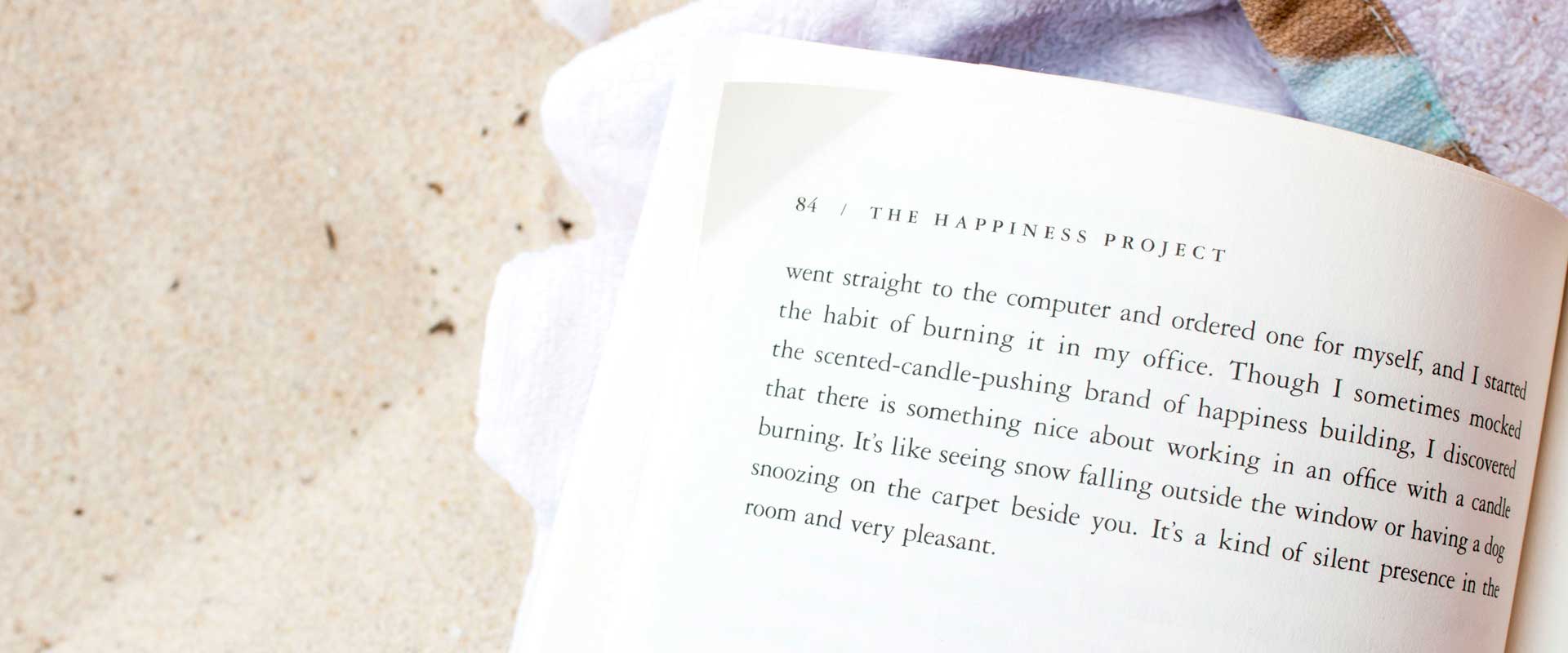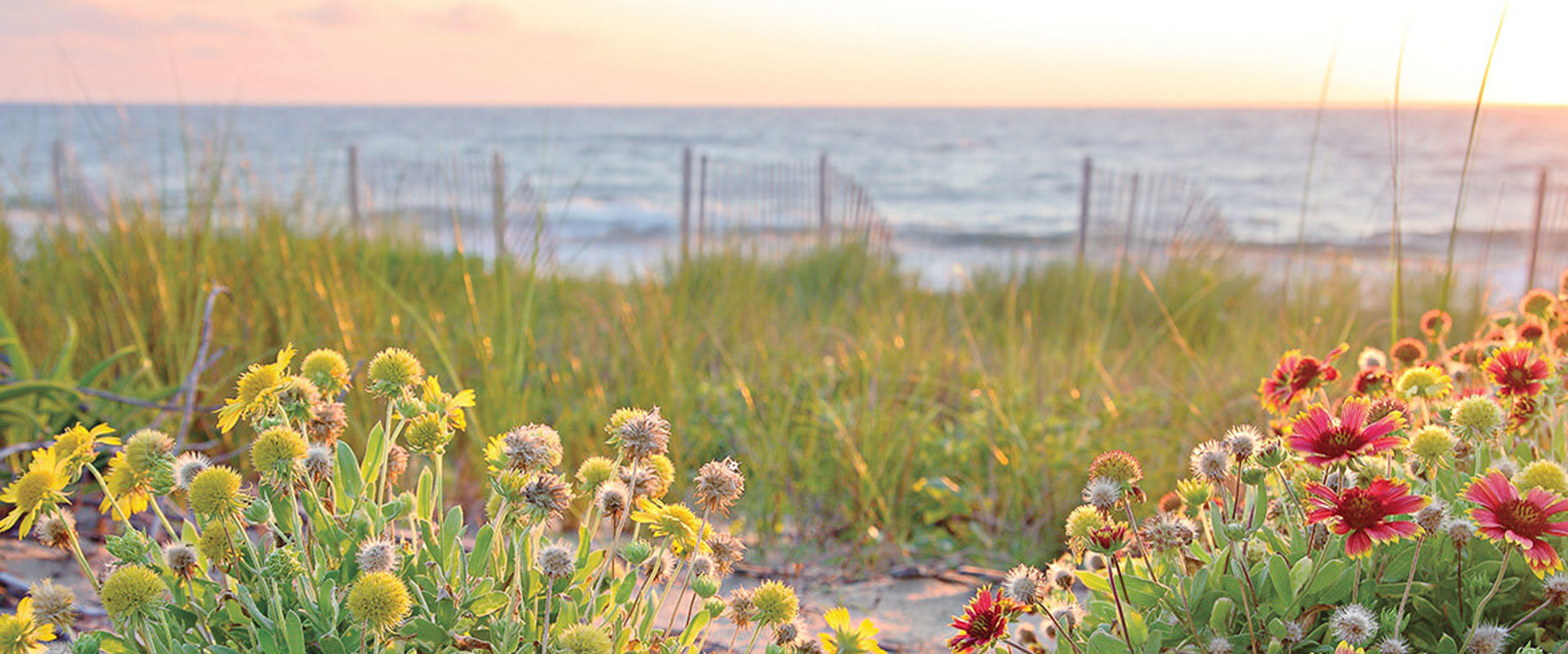If you didn’t know, the Outer Banks has a deep and rich history. The OBX, more specifically Manteo, has a significant role in the start of America. Manteo is home to the Lost Colony; the colony that came here from England in 1587 and mysteriously disappeared. The history that is little known is about the colony before the lost colony; the colony of 1585 which was strictly a military settlement. Roanoke Island Festival Park tells this story and gives you a vision of what life on Roanoke Island was like for mercenary soldiers in 1585.
What Is Festival Park?
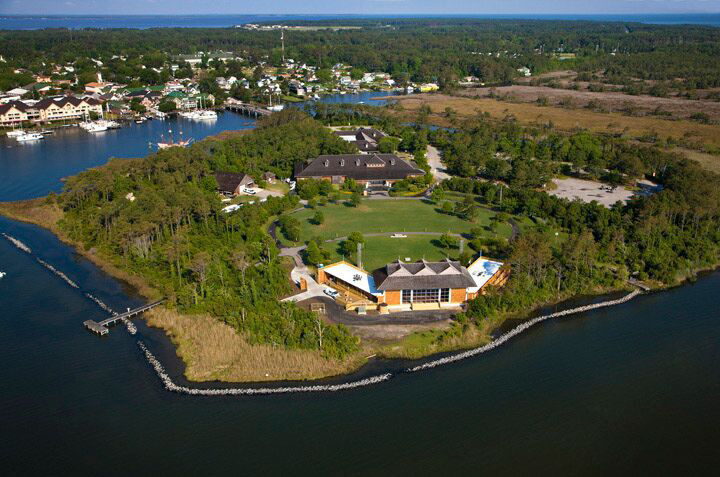
Roanoke Island Festival Park is a 25-acre historic site that shows guests what life was like for settlers in 1585. Costumed interpreters help bring history to life with demonstrations and interactive exhibits.
What Are The Exhibits?
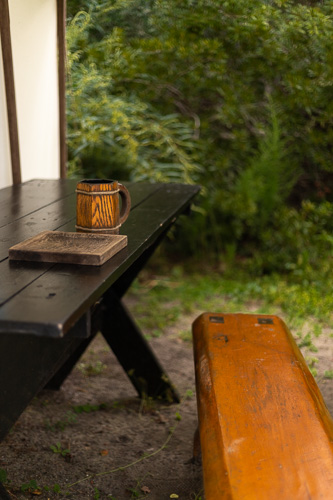
Military tent in the settlement site 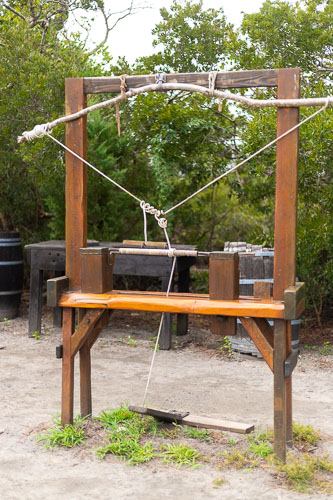
Woodworking lathe in the settlement site
Each exhibit at Roanoke Island Festival Park shows you what life was like for settlers, natives, and the overall history of the Outer Banks. See more below on each exhibit!
The Elizabeth II
The Elizabeth II is a to scale, representational ship of one of the seven ships that made their way to Roanoke Island in 1585. On the ship you can see the lines, rigging, and see all of the working parts of the ship. The sailors aboard will gladly answer any questions you have.
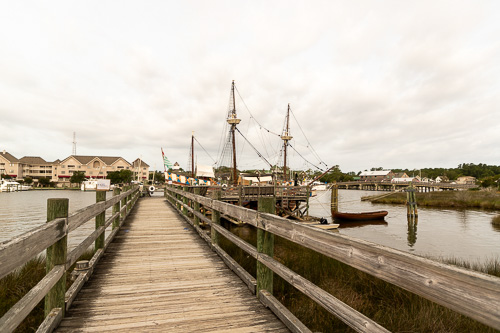
The Elizabeth II 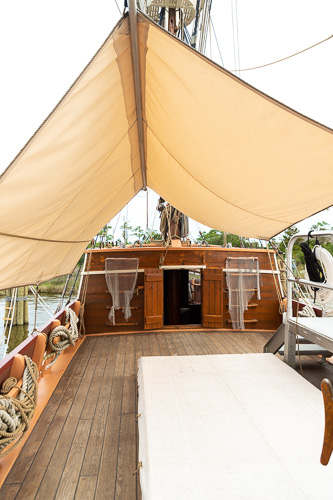
On the top deck 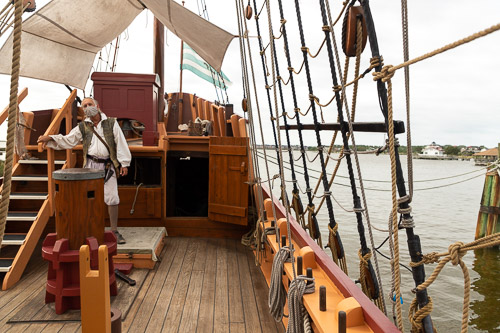
The back of the ship
American Indian Town
American Indian Town at Roanoke Island Festival Park showcases coastal Algonquian culture and their way of living in the late 16th century. In Indian Town, you’ll be able to see longhouses, crops that were typically planted, and learn how natives fished and made the most of the land.
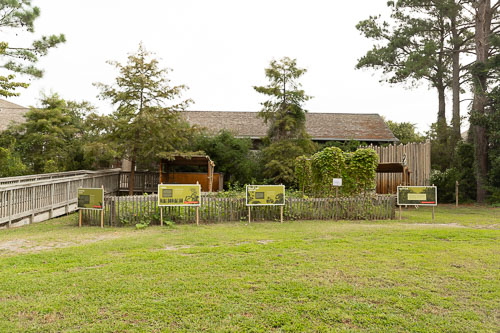
American Indian town crops 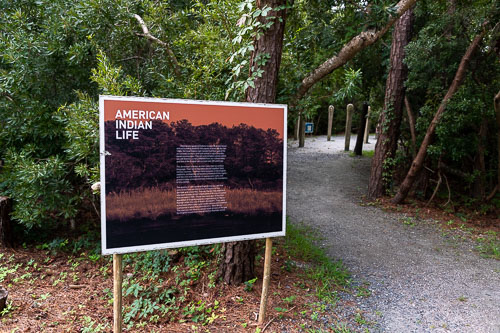
Information on American Indian Town 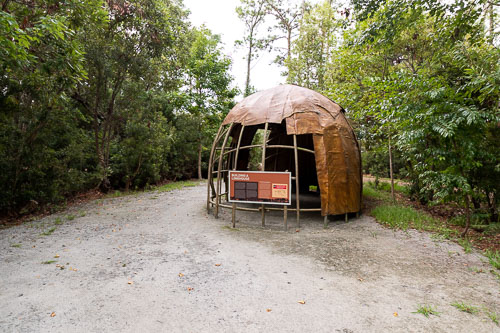
Example of traditional Indian home
The Settlement Site
The Settlement Site is home to the mercenary soldiers that arrived in 1585. At the Settlement, you’ll be able to see the tents, learn about woodworking, and even see a blacksmith (who will probably give you a nail if you’re nice to him).
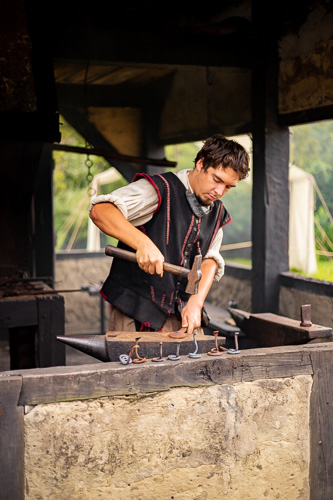
The master blacksmith at work 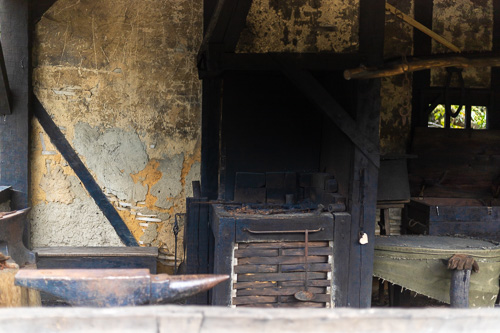
A peak into the forge 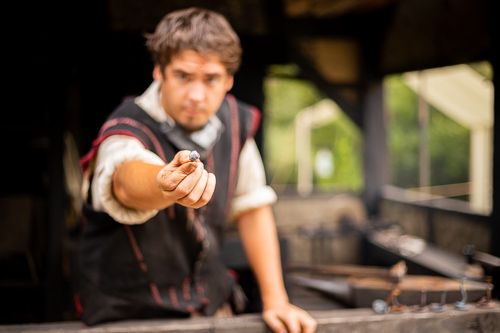
The blacksmith giving a nail he just made
Adventure Museum
The Adventure Museum is home to exhibits that take you from the Outer Banks in 1585 all the way to today. The museum highlights the English voyages, the Civil War on the Outer Banks, and the importance of commercial fishing.
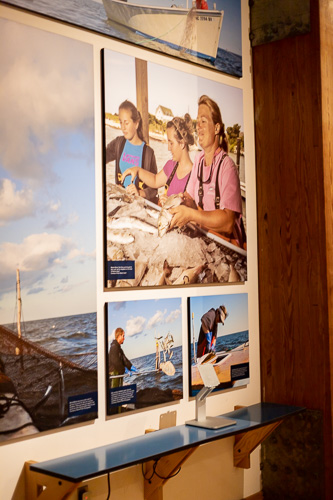
Exhibit in the Adventure museum highlighting commercial fishing 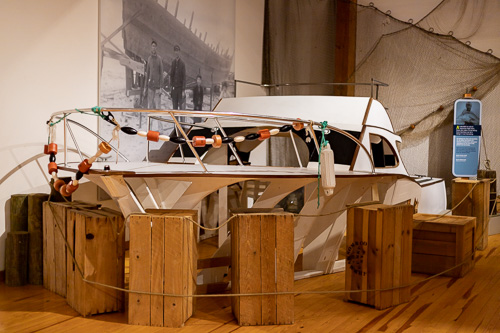
Example commercial fishing boat 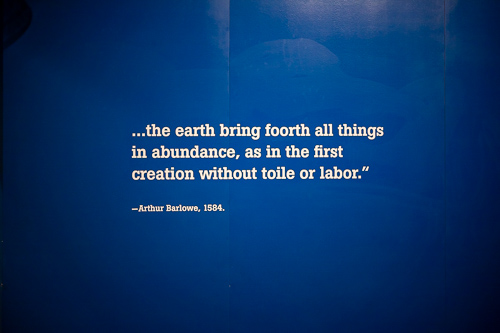
Entrance into the Adventure Museum
